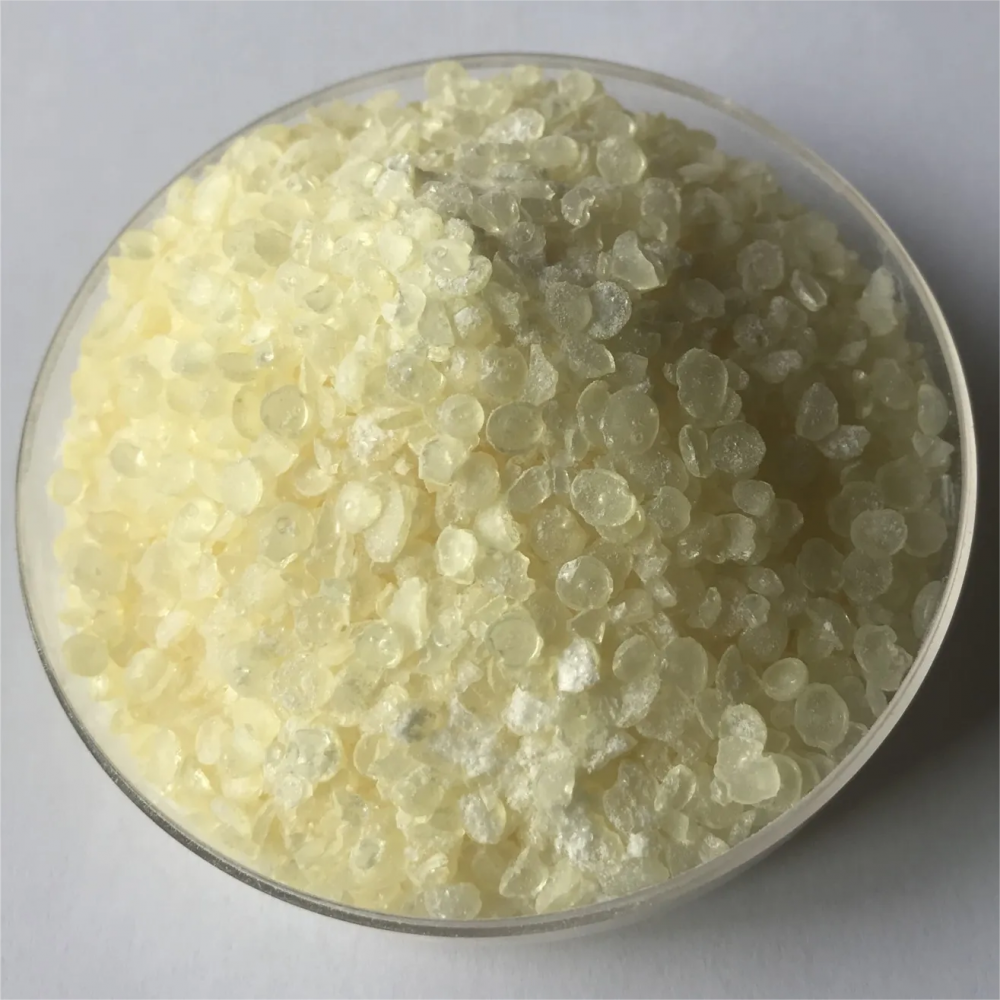Petroleum Resin is a low molecular weight functional resin, molecular weight is generally less than 2000, with thermoplasticity, soluble in organic solvents, especially petroleum solvents, and other synthetic resins have good compatibility. It has excellent water resistance and weather resistance. The most widely used petroleum resins are C9 Petroleum Resin and C5 Petroleum Resin.
In the composition of the printing ink, are often some organic compounds of polymerization or condensation. So today we will analyze some knowledge of the resin in printing ink:
(1) solubility and release of petroleum resins. Solubility refers to the ability of the resin to be dissolved in various solvents. In ink manufacturing, resins are generally applied in a liquid state, so solid resins must have a certain solubility to be applied. Some of the resin is already in liquid state, also because of the viscosity is too large need to use solvents to dissolve the viscosity to reduce the application. So solubility is an important property of resin.
Release refers to the ability to dissociate the solvent from the resin dissolved by the solvent. After the ink is printed, the solvent is separated from the resin, and the resin gels and dries. The releasability of petroleum resin is related to the solubility, the solubility of petroleum resin, is not conducive to the solvent from the petroleum resin to separate out, so the releasability is poor. Because the petroleum resin is dissolved into a liquid a release into a solid state, this form of transformation in the printing application, so the solubility of the resin is required to have the appropriate degree to ensure that the solubility and release of both sides to achieve a good balance.
(2) The softening point of Petroleum Resin. The solid resin softens gradually with the increase of temperature, the plasticity increases, and then becomes liquid. Softening point refers to the softening process of the resin, in the process of becoming viscous liquid when the temperature specified, this temperature is called the flow temperature, the softening point with the increase in the relative molecular mass of the resin and improve. Generally speaking, the higher the softening point of the resin, the more releasable it is to solvents. Especially for resins with the same chemical composition, this feature is more prominent. Therefore, the resin used in the ink to soften the point of the higher appropriate.
(3) Viscosity of petroleum resin. Viscosity refers to the resin in a particular case of solution viscosity, or dissolution viscosity. The viscosity of the resin is related to the relative molecular mass of the resin, solubility, the temperature of the solution, and the amount of solvent.
(4) Acid value of petroleum resin. Many of the resins used in the ink are made of resin acids, fatty acids, aromatic acids and other organic acids and other compounds by condensation. Therefore, there are more or less carboxyl groups in the resin that do not participate in the reaction, so that the resin has a certain acid value.
(5) The color and transparency of petroleum resin. The color of the resin is caused by a variety of pigment impurities in the resin, and the nature of the resin raw materials, purity and synthesis process. Resin is generally yellowish.
Transparency is related to the water and other impurities mixed in the petroleum resin. Transparency affects the solubility of the resin, and a resin with low transparency has poor solubility.




